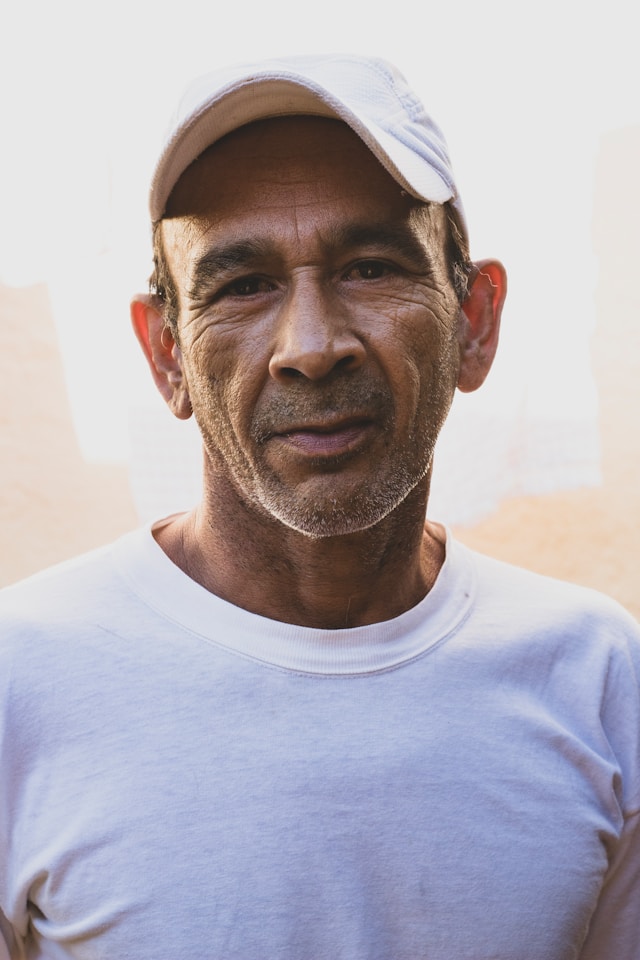Rashomon (1950) Ending Explained
TL;DR
Rashomon (1950), directed by Akira Kurosawa, is a groundbreaking film that explores the subjectivity of truth through multiple conflicting accounts of a single event-the rape of a woman and the murder of her samurai husband in feudal Japan. The film ends with a woodcutter adopting an abandoned baby after three men debate the nature of human selfishness and deception. The final scene suggests a glimmer of hope in humanity despite the darkness of lies and self-interest. The film leaves key questions unresolved, such as which version of the story is true and whether redemption is possible in a world of moral ambiguity.
The Ending Explained
The conclusion of Rashomon occurs after the three primary narratives (the bandit's, the wife's, and the dead samurai's, told through a medium) have been recounted under the Rashomon gate. Each version contradicts the others, leaving the truth unknowable. The woodcutter, who initially claimed to have merely discovered the body, later admits he witnessed the entire event but hid this fact out of shame. His version complicates matters further, as it suggests that neither the bandit, the wife, nor the samurai were entirely truthful. The film's final moments shift focus from the crime to a moral dilemma: a priest, a woodcutter, and a commoner discover an abandoned baby. The commoner steals the baby's clothes, reinforcing the film's theme of human selfishness, but the woodcutter-despite his earlier dishonesty-chooses to take the child, offering a rare moment of compassion.
This ending is significant because it contrasts the film's earlier cynicism with a small act of kindness. The priest, who had lost faith in humanity after hearing the conflicting testimonies, regains some hope upon seeing the woodcutter's decision. Kurosawa leaves the audience with an ambiguous but poignant message: while people lie and manipulate truth for their own benefit, there remains a possibility of goodness. The woodcutter's redemption suggests that even flawed individuals can choose morality, though it doesn't erase the overarching uncertainty about what truly happened in the woods.
Unresolved Questions
- Which account of the murder is true?
- Possible Answers: None of them are entirely truthful; each is distorted by self-interest. The woodcutter's version may be the closest to reality, but even he has motives to lie.
- Why does the woodcutter initially hide his presence at the crime scene?
- Possible Answers: He may have stolen the valuable dagger, feared involvement, or was ashamed of his inaction during the crime.
- What is the significance of the abandoned baby?
- Possible Answers: It symbolizes innocence amidst corruption, or a test of the characters' morality after witnessing human deceit.
- Does the priest's restored faith in humanity matter?
- Possible Answers: Yes, as it suggests that goodness persists; or no, because one act doesn't negate the pervasive dishonesty.
Personal Opinion
Rashomon is a masterpiece of narrative ambiguity and psychological depth. The ending brilliantly balances despair and hope, refusing to provide easy answers. Kurosawa's direction and the performances (especially Toshiro Mifune as the bandit) create an unforgettable meditation on truth and human nature. The woodcutter's final act doesn't resolve the central mystery but instead asks the audience to reflect on their own biases and capacity for empathy. While some might find the lack of closure frustrating, I believe it's the film's greatest strength-it forces viewers to confront the uncomfortable reality that absolute truth may be unattainable.
Themes and Legacy
The film's exploration of subjective truth has influenced countless works, from The Usual Suspects to Gone Girl. Its title even entered the lexicon as the "Rashomon Effect," describing situations where multiple witnesses recall events differently. Beyond its technical brilliance (such as the use of light and shadow in the forest scenes), the film's enduring power lies in its philosophical weight. The ending doesn't just conclude the story; it implicates the audience, asking whether we, too, would act selfishly or choose compassion in a world where truth is always just out of reach.
Final Thoughts
Rashomon remains a landmark in cinema because it challenges viewers to question their own perceptions. The ending's ambiguity is intentional - Kurosawa wasn't interested in solving the mystery but in examining why people lie and what that says about humanity. The woodcutter's decision to take the baby is a fragile but meaningful counterpoint to the film's darkness, suggesting that while truth may be elusive, decency is still possible. It's a film that demands multiple viewings, as each reveals new layers of meaning and moral complexity.
